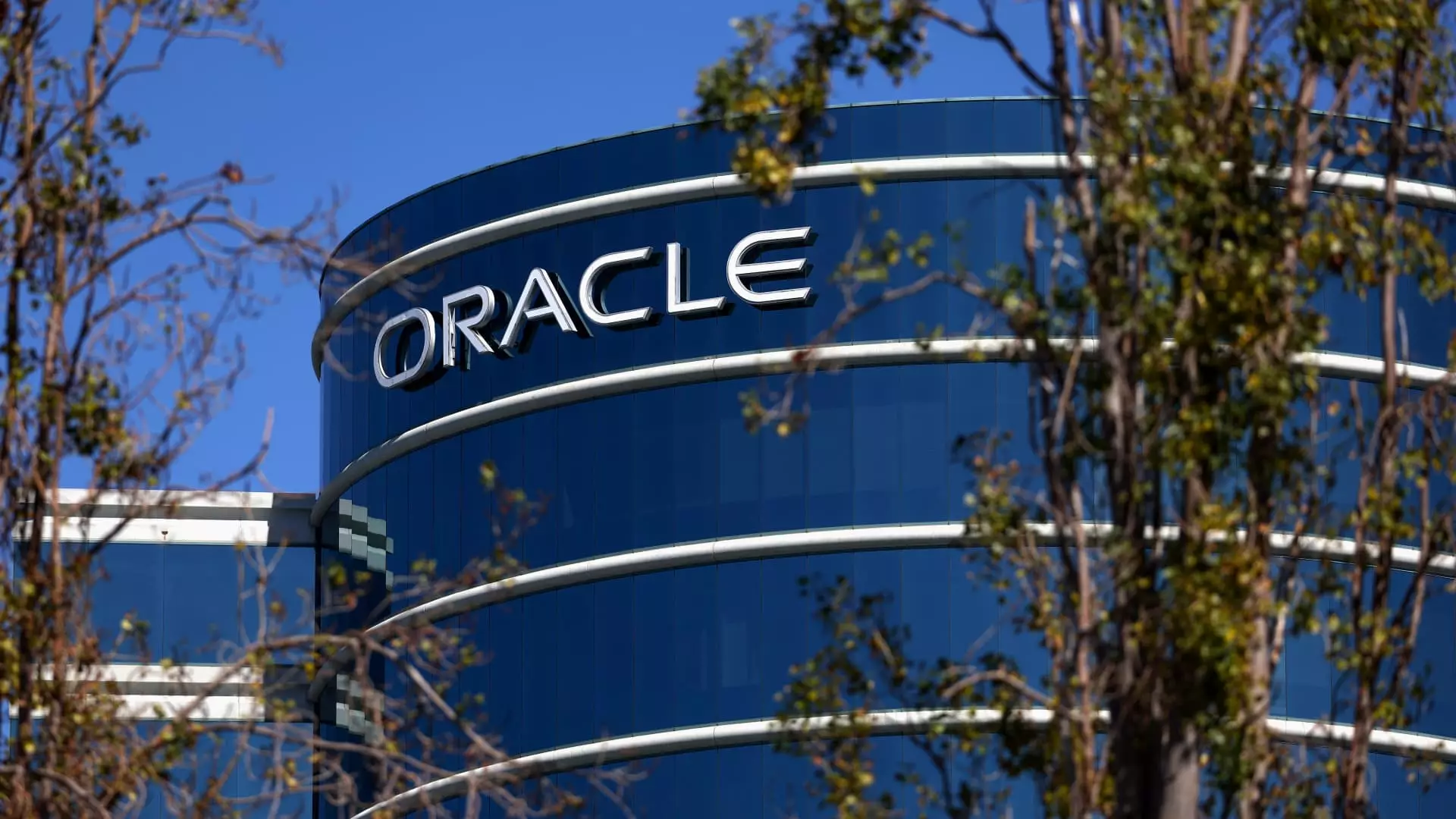In a week marked by unexpected announcements, Oracle’s co-founder and chairman, Larry Ellison, has stirred conversations within the tech industry and beyond. During a recent earnings call, he shared that the surge in electricity demands fueled by artificial intelligence (AI) has prompted Oracle to explore a groundbreaking energy solution: next-generation nuclear technology. This revelation not only highlights the significant power requirements for modern data centers but also reflects a growing trend towards seeking unconventional energy sources in the face of escalating demands.
The crux of Ellison’s statement lies in the substantial power needs driven by AI. He described the current demand for electricity as “crazy,” and firmly positioned Oracle at the forefront of this pressing challenge. The company is not merely reacting; it is actively designing a data center that requires upwards of a gigawatt of electricity. To meet these needs sustainably, Oracle has its sights set on implementing three small modular nuclear reactors. Ellison’s description of this venture as “bizarre” serves to underscore the disconnect many people feel regarding the concept of nuclear energy, especially in the context of emerging technologies like AI.
The adoption of small modular reactors (SMRs) represents a pivotal shift in how energy can be produced—particularly for power-hungry enterprises like Oracle. These reactors, designed to be smaller and more efficient than traditional counterparts, promise to deliver reliable, carbon-free energy while maintaining lower operational costs. The essence of SMRs lies in their modularity; they can be prefabricated off-site and then assembled, significantly reducing both construction time and capital expenditures.
The challenge, however, remains the commercial viability of SMRs in the United States, with general consensus pointing to the 2030s as a more realistic timeframe for their deployment. Currently, operational small modular reactors exist only in China and Russia, supplying energy under entirely different geopolitical considerations than what is prevalent in America.
The implications of this exploration into nuclear energy extend far beyond just Oracle. As the U.S. faces a potential energy crisis fueled by rising demand from various sectors—including manufacturing and a more electrified economy—Ellison’s initiative could open discussions about national energy independence and reliability. The need for sustainable energy solutions creates an urgent imperative that transcends individual business interests, thus positioning Oracle as a possible catalyst for broader systemic change.
Given the complexities of nuclear energy, including regulatory hurdles and public perception, Oracle’s experimental approach could inspire similar strategies across different sectors. Ellison’s openness about the location of this ambitious project remains vague; however, assurances regarding prior building permits for the reactors indicate an organized progression towards a cleaner energy model.
As the world becomes increasingly reliant on data and its underlying systems—tied closely to AI advancements—the demand for sustainable electricity sources will only continue to soar. Oracle’s move towards nuclear technology may not just be a bold strategy; it could signify the dawn of a new era in energy, one that is characterized by innovation, sustainability, and perhaps, the gradual acceptance of nuclear power in American energy policies. In a landscape where the energy conversation is evolving, Oracle’s initiatives may well become a focal point for dialogue around the future of power.

